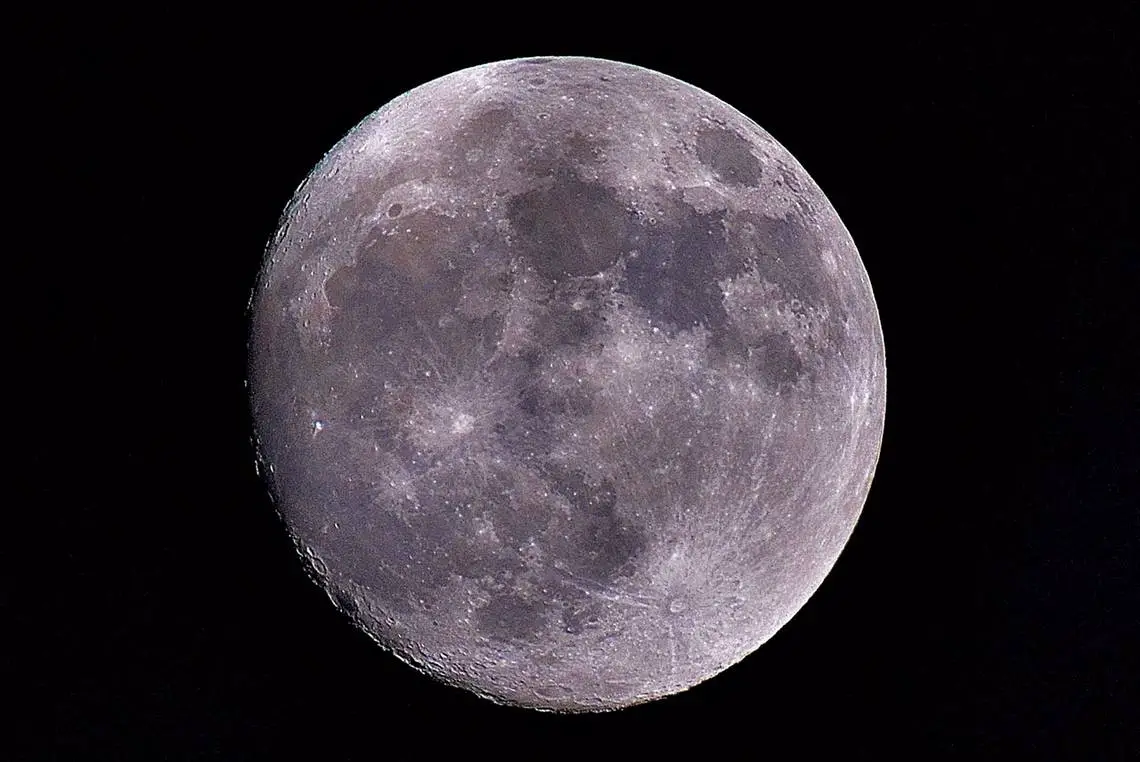A supermoon is an astronomical event that occurs when the Moon is at its closest approach to Earth, coinciding with either a new or full moon phase. This term, coined by astrologer Richard Nolle in the late 1970s, captures the imagination of stargazers due to the Moon’s enhanced size and brightness during these times.
The Science Behind a Supermoon
In astronomical terms, a supermoon is known as a syzygy, a scenario where the Moon, Earth, and Sun align in a straight line. This alignment, particularly during a full or new moon, results in the Moon appearing much larger to observers on Earth. The opposite of a supermoon is a micromoon, where the Moon is at its furthest point from Earth and appears smaller.
How Often Do Supermoons Occur?
The frequency of supermoons is subject to debate, as there is no universally accepted definition of how close the Moon must be to Earth to qualify as a supermoon. According to Nolle’s original definition, a supermoon occurs when the Moon is within 90 percent of its closest approach to Earth, combined with a syzygy. This definition means that we can expect to see supermoons in about a quarter to half of all full moons each year.
For a deeper understanding of the Moon’s orbit and its phases, the NASA Science Solar System Exploration website provides comprehensive information.
The Appeal of Supermoons
Supermoons are a delight for lunar enthusiasts. A super full moon is about a third brighter and up to 14 percent larger than a regular full moon. This phenomenon offers a more impressive view of the Moon, making it a favorite subject for photographers and skywatchers alike.
Gravitational Effects of Supermoons
The proximity of the Moon during a supermoon does have a noticeable impact on Earth’s gravitational pull, varying by as much as 23 percent. This variation affects large bodies of fluid, such as oceans, leading to slightly higher tides. However, it has minimal impact on weather patterns or tectonic activities. Similarly, the increased gravitational pull has a negligible effect on individual objects on Earth, so don’t expect any extraordinary physical feats during a supermoon.
For further insights into how lunar phenomena like supermoons affect Earth, the Smithsonian National Air and Space Museum offers a wealth of resources and exhibits.
Conclusion
Supermoons provide a unique opportunity to witness the Moon in all its glory, appearing larger and brighter than usual. While they may not have significant physical effects on our planet, they are a reminder of the beauty and wonder of our solar system. For those interested in astronomy and celestial events, supermoons are not to be missed.
For the latest updates on astronomical events and space exploration, stay tuned to ResearchFound.com

